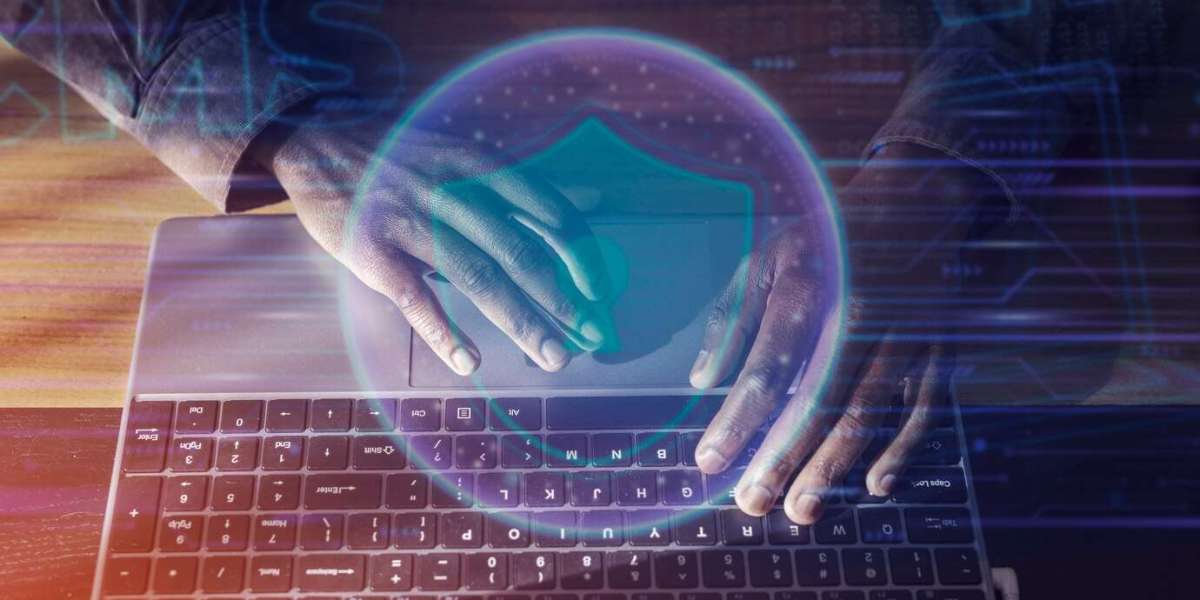In today’s rapidly evolving digital landscape, cybersecurity has become a top priority for businesses and individuals alike. With cyber threats becoming more sophisticated, traditional methods of protecting data and systems are often insufficient. This is where Artificial Intelligence (AI) and Machine Learning (ML) come into play. These advanced technologies are revolutionizing the cybersecurity industry, providing new ways to detect, prevent, and respond to threats in real-time. In this blog, we’ll explore how AI and ML are transforming cybersecurity and how obtaining a cyber security certification can equip professionals with the skills needed to navigate this transformation.
The Role of AI in Cybersecurity
AI is enabling cybersecurity systems to be more proactive and responsive than ever before. One of the biggest advantages of AI is its ability to analyze vast amounts of data at incredible speeds. This is crucial in detecting unusual patterns or behaviors that could indicate a security breach. AI-powered systems are capable of learning from data and adapting their responses based on previous interactions, making them more effective over time.
Here are some of the ways AI is enhancing cybersecurity:
1. Threat Detection and Prevention
AI-powered tools use advanced algorithms to scan for potential threats across networks, systems, and devices. These systems can identify anomalies and unusual activity that may indicate malicious behavior, such as unauthorized access or data exfiltration. By constantly learning and evolving, AI can detect new types of cyber threats, even those that have never been seen before. This ability to identify threats in real time helps prevent potential breaches before they can cause damage.
2. Predictive Analytics
AI and ML algorithms can analyze historical data to predict future cyberattacks. By studying patterns in attack behavior, AI can predict when and where a potential attack might occur, allowing organizations to prepare in advance. Predictive analytics helps businesses take a more proactive approach to cybersecurity rather than waiting for threats to happen.
3. Automated Response to Incidents
AI can automate responses to certain types of security incidents, reducing the time between detection and response. For example, when AI detects a threat, it can automatically take action to isolate the affected system, prevent further damage, and alert security teams. This automation helps to minimize human error and ensures that incidents are handled promptly and efficiently.
Machine Learning: A Game Changer for Cyber Defense
While AI is driving significant advancements in cybersecurity, Machine Learning (ML) is a crucial component of this transformation. ML is a subset of AI that focuses on enabling systems to learn from data without explicit programming. In cybersecurity, ML allows systems to analyze data, learn from it, and make predictions or decisions based on that information.
1. Behavioral Analysis
ML algorithms are particularly effective at analyzing user behavior within a network. By building a baseline of normal user activity, ML systems can identify deviations from this behavior, which may signal a potential breach. For instance, if a user suddenly accesses files they typically wouldn’t, or logs in at an unusual hour, the system can flag this activity as suspicious. This type of behavioral analysis allows for more accurate detection of insider threats, which are often harder to identify with traditional methods.
2. Malware Detection
Traditional antivirus software often relies on known signatures of malware to detect threats. However, this approach can miss new or modified malware strains. ML algorithms, on the other hand, can analyze the behavior of software and identify malicious patterns, even in new or unseen malware. By detecting malware based on its behavior rather than its signature, ML offers a more dynamic and adaptive approach to threat detection.
3. Phishing Attack Prevention
Phishing attacks, which involve deceiving users into revealing sensitive information, have become increasingly sophisticated. ML-powered systems can analyze incoming emails and websites for signs of phishing attempts. These systems use data from previous phishing attacks to learn the typical traits of phishing emails and identify new attempts more accurately. As a result, they can block phishing attempts in real time, preventing sensitive information from being compromised.
The Synergy of AI and ML in Cybersecurity
While both AI and ML are powerful individually, their true potential is realized when used together. AI provides the intelligence and automation needed to analyze vast amounts of data and make real-time decisions, while ML enhances this process by continually learning from new data. This synergy allows cybersecurity systems to evolve alongside emerging threats, offering a level of protection that traditional methods cannot match.
For example, AI and ML work together to identify potential threats, analyze them, and respond automatically in a matter of seconds. As new types of threats are identified, AI and ML systems adapt to counter them, improving both detection rates and response times. This dynamic approach makes AI and ML an essential part of any modern cybersecurity strategy.
How AI and ML Are Shaping the Future of Cybersecurity
As cyberattacks continue to increase in frequency and sophistication, AI and ML are poised to play an even more significant role in the future of cybersecurity. These technologies will continue to evolve, becoming more accurate and efficient at detecting and responding to threats. The integration of AI and ML with other advanced technologies, such as blockchain and quantum computing, will also open up new possibilities for securing sensitive data and systems.
For cybersecurity professionals, staying up to date with these advancements is critical. Obtaining a cyber security certification is one of the best ways to gain the knowledge and skills needed to work with AI and ML tools in the cybersecurity space. As these technologies continue to shape the landscape of cyber defense, professionals with expertise in AI, ML, and cybersecurity will be in high demand.
Conclusion
AI and Machine Learning are fundamentally changing the way we approach cybersecurity. These technologies are enabling faster threat detection, more accurate malware identification, and better overall protection for individuals and organizations. To keep up with the latest trends and remain competitive in the cybersecurity field, professionals should consider pursuing cyber security certification. By gaining a deep understanding of AI and ML in cybersecurity, you’ll be better equipped to tackle the challenges of modern cyber threats and help secure the digital future.
With the right education and training, cybersecurity professionals can harness the power of AI and ML to stay ahead of emerging threats and protect the systems that drive our digital world.



